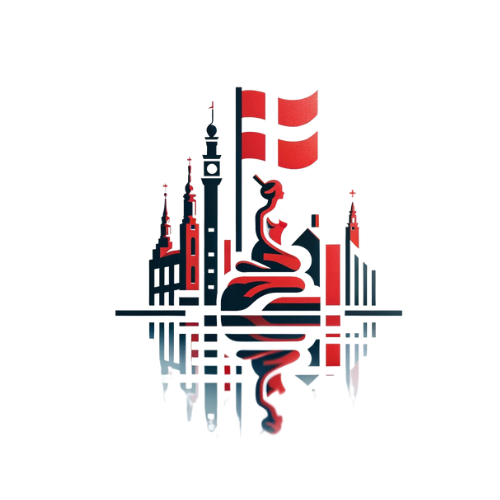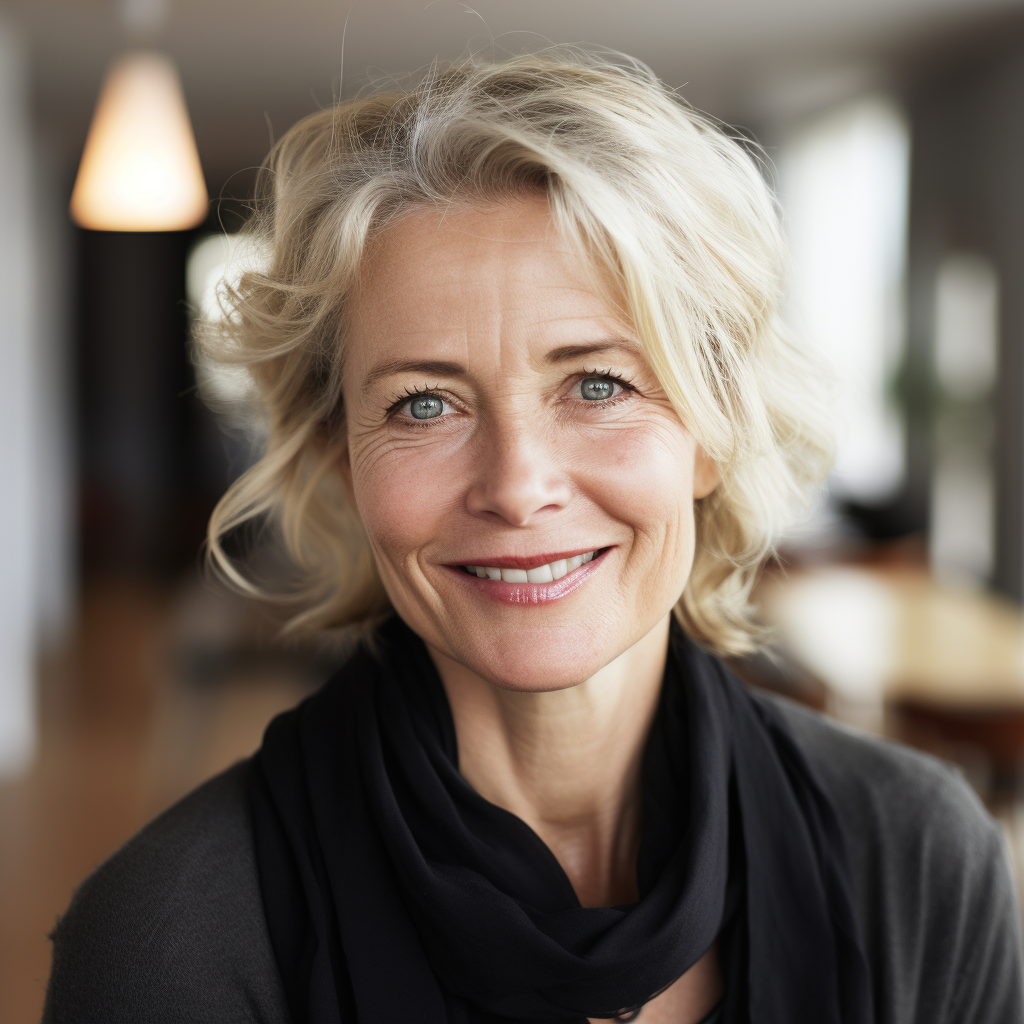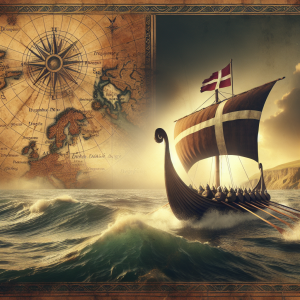As a native of Denmark, I have always been captivated by the rich tapestry of Danish folklore that weaves through the history and culture of my homeland. From mythical creatures and ancient legends to traditional rituals and customs, Danish folklore holds a special place in the hearts of the Danish people, and its influence can still be felt in modern-day Denmark.
Exploring the Origins of Danish Folklore
The roots of Danish folklore can be traced back to the pre-Christian era, when the ancient Norse and Germanic tribes roamed the Scandinavian lands. These early inhabitants of Denmark passed down stories of gods and goddesses, mythical creatures, and heroic feats through oral traditions, preserving their cultural heritage through the ages.
- Trolls (Trold): In Danish folklore, trolls are supernatural beings that dwell in remote and wild areas, often depicted as large and ugly creatures with an aversion to sunlight.
- The Nisse: A mischievous creature resembling a small gnome, the Nisse is believed to protect the farm and its livestock, but can also play tricks on unwary humans if not treated well.
- The Valravn: A mythical creature from Danish folklore, the Valravn is a raven that has consumed the heart of a slain prince, transforming it into a sinister and intelligent being.
The Tales and Legends of Danish Folklore
One of the most famous figures in Danish folklore is the legendary hero, Holger Danske. According to the old tales, Holger Danske was a valiant knight who fought alongside Charlemagne and now lies asleep in the dungeons of Kronborg Castle, waiting to awaken and defend Denmark in its hour of need. This iconic figure has become a symbol of Danish resilience and patriotism.
Another beloved character from Danish folklore is the Little Mermaid, immortalized in the fairy tale by the acclaimed Danish author Hans Christian Andersen. This poignant story of unrequited love has captured the hearts of people around the world and has become an enduring symbol of Danish culture.
Celebrating Traditions and Customs
Throughout the year, Danes celebrate a variety of traditional festivals and customs that are deeply rooted in folklore. One such celebration is Sankt Hans Aften, or Midsummer’s Eve, a magical night filled with bonfires, live music, and dancing. According to ancient beliefs, on this night, the forces of nature are at their strongest, and people gather to ward off evil spirits and celebrate the arrival of summer.
On Christmas Eve, Danish families come together to partake in the time-honored tradition of dancing around the Christmas tree, singing carols, and enjoying a festive feast. This joyful celebration is a cherished part of Danish folklore and brings people closer to their cultural heritage.
Preserving Danish Folklore in the Modern World
Despite the passage of time, Danish folklore continues to thrive in modern-day Denmark. Museums dedicated to preserving the heritage of Danish folklore, such as the Open Air Museum in Aarhus, offer visitors the opportunity to experience traditional Danish village life and learn about ancient customs and beliefs.
Contemporary artists and writers also draw inspiration from Danish folklore, incorporating its themes and characters into their work. The enchanting world of Danish folklore lives on in novels, paintings, and music, ensuring that its magic will endure for generations to come.
Embracing the Magic of Danish Folklore
As a Dane, I am proud of the rich cultural heritage that Danish folklore represents. Its tales of bravery, love, and adventure have shaped the identity of the Danish people and continue to captivate the imagination of those who hear them. Whether through traditional celebrations or modern artistic expressions, Danish folklore holds a special place in the hearts of the Danish people, and its legacy will remain an integral part of our cultural heritage for years to come.
So, the next time you find yourself wandering through the picturesque landscapes of Denmark, keep an eye out for signs of the mystical world of Danish folklore. You never know what enchanting secrets may be hidden just beneath the surface, waiting to be discovered.
Velkommen til Danmark, where the magic of Danish folklore awaits.




